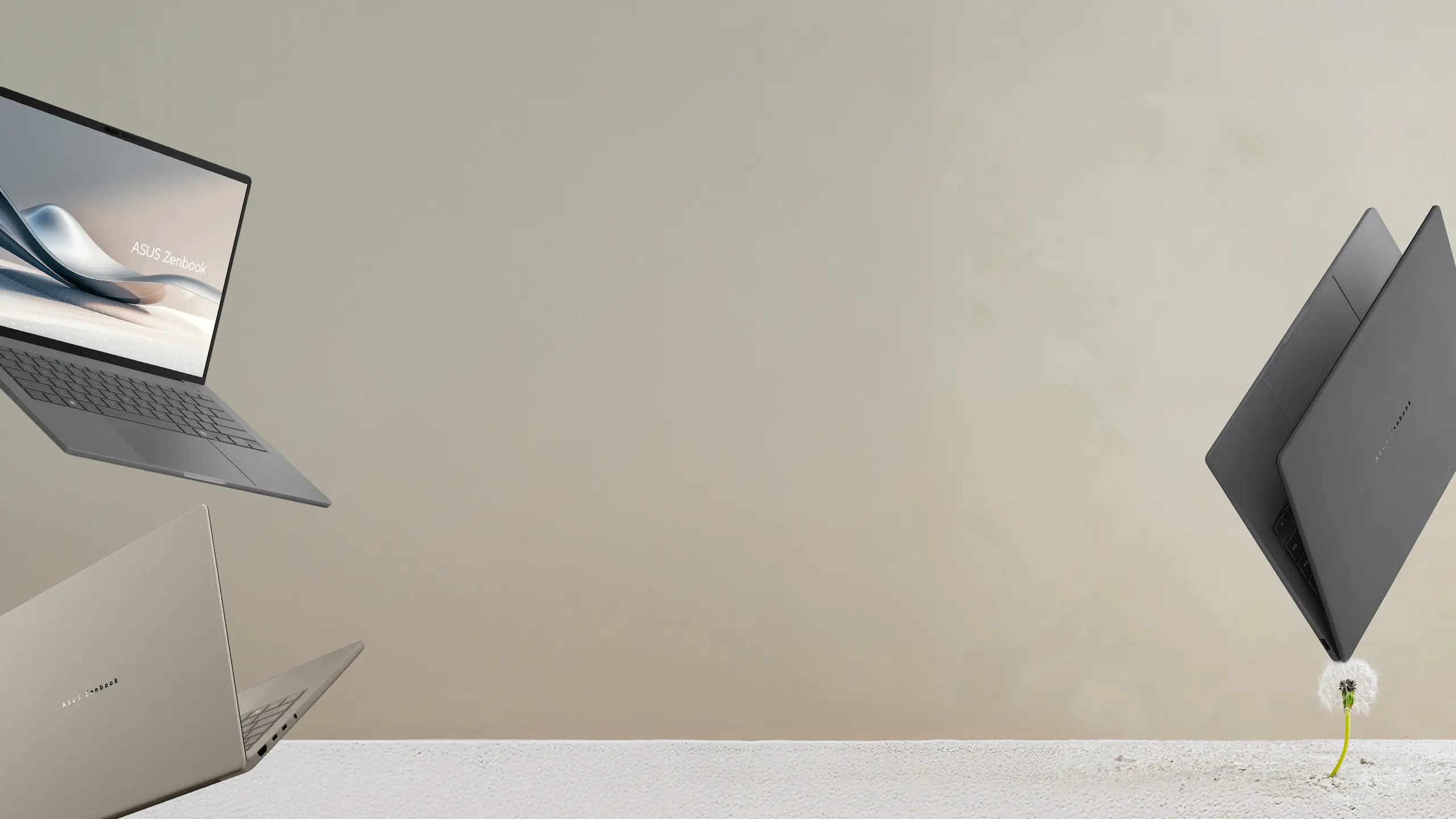© ROOT-NATION.com - Use of content is permitted with a backlink.

In the first half of 2024, the programming language market underwent significant changes and continued to show dynamic development. The choice of programming language depends on the needs of a particular project, trends in the technology industry, and new challenges associated with technological innovation. Throughout 2024, the most popular programming languages remained so because of their unique properties, ecosystem, and developer community that constantly supports their development.
Python: a leader in general use
Python remains one of the most popular programming languages in 2024.
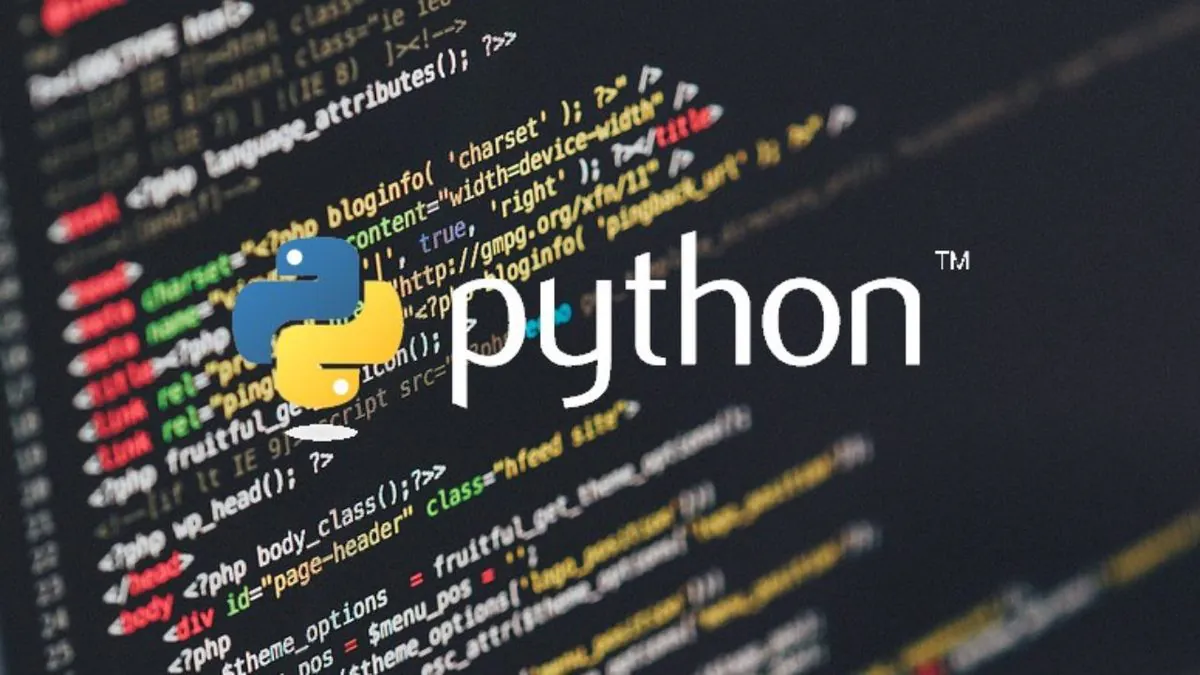
Its popularity is provided by a number of factors, including:
Simple syntax: Python is known for its clear and simple structure, making it easy to learn even for beginners. This is especially important for programmers who are just starting out.
Extensive library ecosystem: libraries such as TensorFlow and Keras for machine learning, Django for web development, and NumPy for scientific computing allow you to develop a variety of projects faster and more efficiently.
Applications in machine learning and data science: Python is considered the main language for working with data and artificial intelligence (AI). Its data processing libraries make it easy to analyze large amounts of information.
Expert quote: Dijust Development founder Andrii Zhutylo notes: “Python remains the # 1 language for working with data because it has automation and analysis tools that other languages can’t provide.“
JavaScript: frontend and backend language
JavaScript continues to be the dominant language for developing user interfaces in web applications. However, in 2024, it also established itself as an important technology for server (backend) solutions, especially thanks to the Node platform.js.
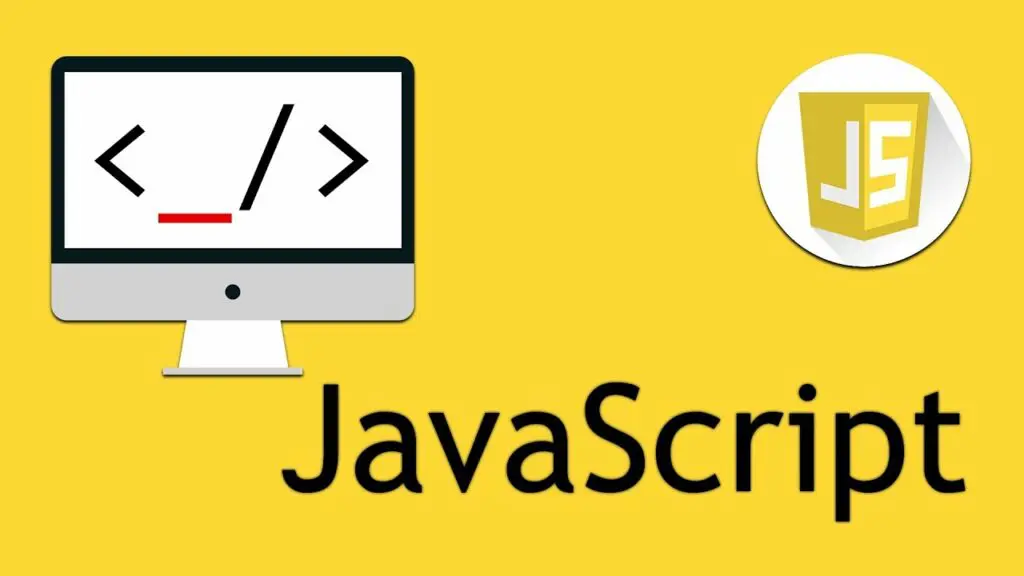
Flexibility and versatility: JavaScript is used for both the frontend and backend, which makes it possible to develop full-fledged web applications in one language.
Extended ecosystem: platforms and libraries such as React, Angular, and Vue.js, allow you to create interactive interfaces, whereas Node.js provides server-side capabilities.
JavaScript is the foundation of web application development due to its ability to run in the browser. The popularity of this language has only increased in recent years, as more and more businesses move to online platforms and focus on the user experience.
Java: an immortal classic of enterprise applications
Java remains one of the most stable programming languages used for large enterprise solutions. Its key features, such as platform independence (“Write once, run anywhere”), high security, and multithreading support, make Java an ideal choice for large-scale systems.

Mobile development support: Java is the main language for developing Android applications, which keeps it popular among mobile developers.
Enterprise Solutions: in large companies such as banks and financial institutions, Java is the main language due to its reliability and scalability.
According to David Burns, Lead Software Architect, “Java is essential for enterprise solutions due to its stability and security. It allows you to build reliable systems that can work for many years without significant changes.”
TypeScript: The Evolution Of JavaScript
TypeScript is a JavaScript extension that adds static typing, which makes it particularly popular among developers who create large projects with reliability and support requirements. TypeScript is often used in modern web frameworks such as Angular, as well as in large enterprise projects.

Advantages of static typing: static typing allows you to detect errors at the development stage, which increases code reliability and facilitates support for large projects.
Popularity among frameworks: TypeScript is actively used in such popular frameworks as Angular and NestJS, which increases its importance in developing complex frontend and backend systems.
Go (Golang): optimization and scalability
Go (Golang) is a language developed by Google, and it is gaining more and more popularity due to its efficiency and ability to work with large computing systems. Go is used to develop high-performance server applications and cloud systems.
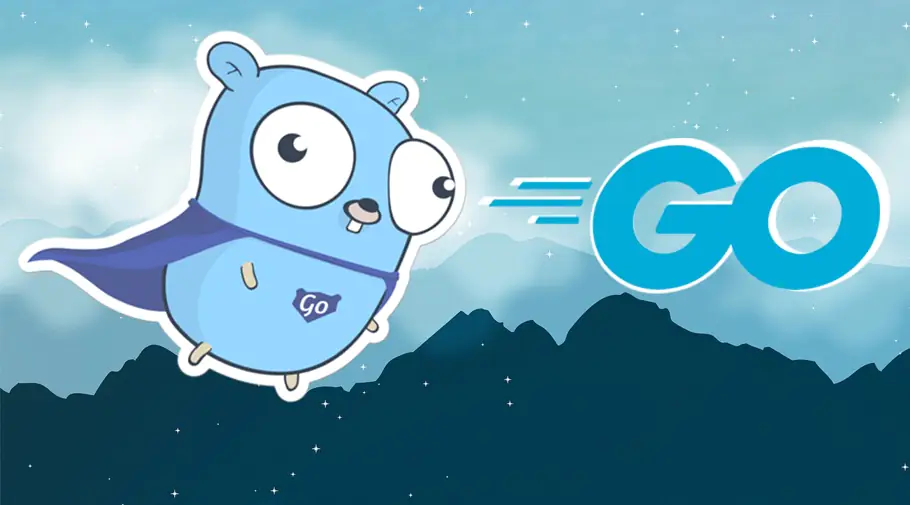
Simplicity and performance: Go has a simple syntax and high performance, making it attractive for developers looking for solutions for scalable systems.
One of the key advantages of Go is its built-in concurrency support, which allows you to efficiently manage execution threads to handle a large number of requests.
Go is actively used in cloud solutions such as Kubernetes, as well as in many microservice architectures, which makes it particularly attractive for modern startups and companies that are engaged in large infrastructure projects.
Rust: safety and performance
Rust continues to strengthen its position as one of the most secure programming languages thanks to its features for managing memory without using a garbage collection. Rust allows you to develop high-performance systems while maintaining high security.
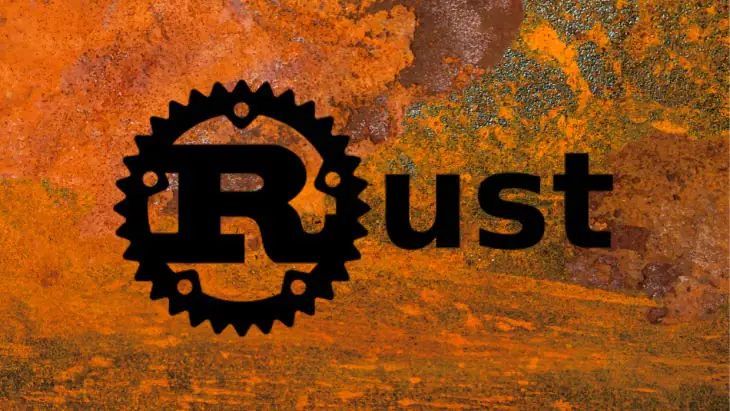
Memory security: Rust stands out for its approach to memory management, which avoids most of the classic errors associated with unsafe memory handling (such as leaks or buffer overflows).
Cloud computing and system programming: Rust is used to develop system applications, such as operating systems and server applications that require high performance.
System programming expert Michael Clark says: “Rust allows you to write secure and productive code, especially in cases where memory management is critical.”
C# and.NET: Enterprise Application Development
C# remains the primary language for development on the.NET platform, which is one of the leading languages in the field of building enterprise applications. The C# language is used to develop a variety of solutions, from web applications to games and mobile applications.

Extensive features: C# allows you to create solutions for various platforms, including Windows, web, and mobile devices.
Modern approach: the cross-platform.NET Core platform makes C# an attractive choice for developers running on different operating systems.
Kotlin: the future of Android development
Kotlin, the official language for Android development, remains popular in 2024. It differs from Java in its greater simplicity and security, especially in terms of handling errors related to NULL values (null).

Simplified syntax structure: Kotlin provides more concise code, making it easier to write and maintain compared to Java.
Java compatibility: Kotlin is fully compatible with Java, which allows you to use both languages in the same project, making the transition from Java to Kotlin easier for developers.
Swift: the best language for iOS development
Swift, Apple’s programming language, remains the main tool for developing apps for iOS and macOS. It provides high performance and security, and is constantly evolving with new features.
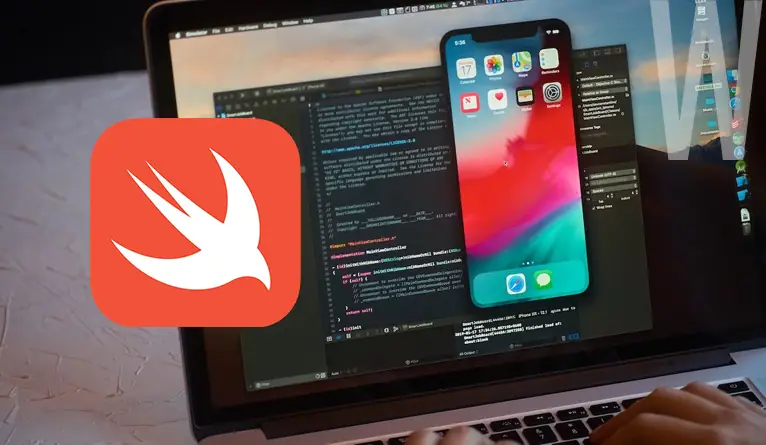
Performance and speed: Swift is faster than Objective-C, making it an ideal choice for mobile apps.
Easy to learn: Swift has a clearer syntax compared to previous languages, making it accessible to beginners in mobile development.
Thus, the most popular programming languages in the first half of 2024 reflect current software requirements: efficiency, security, flexibility, and ease of use. Python, JavaScript, and Java remain consistent leaders due to their versatility and ecosystems, while languages like Rust and Go occupy niches that require high performance and security.
